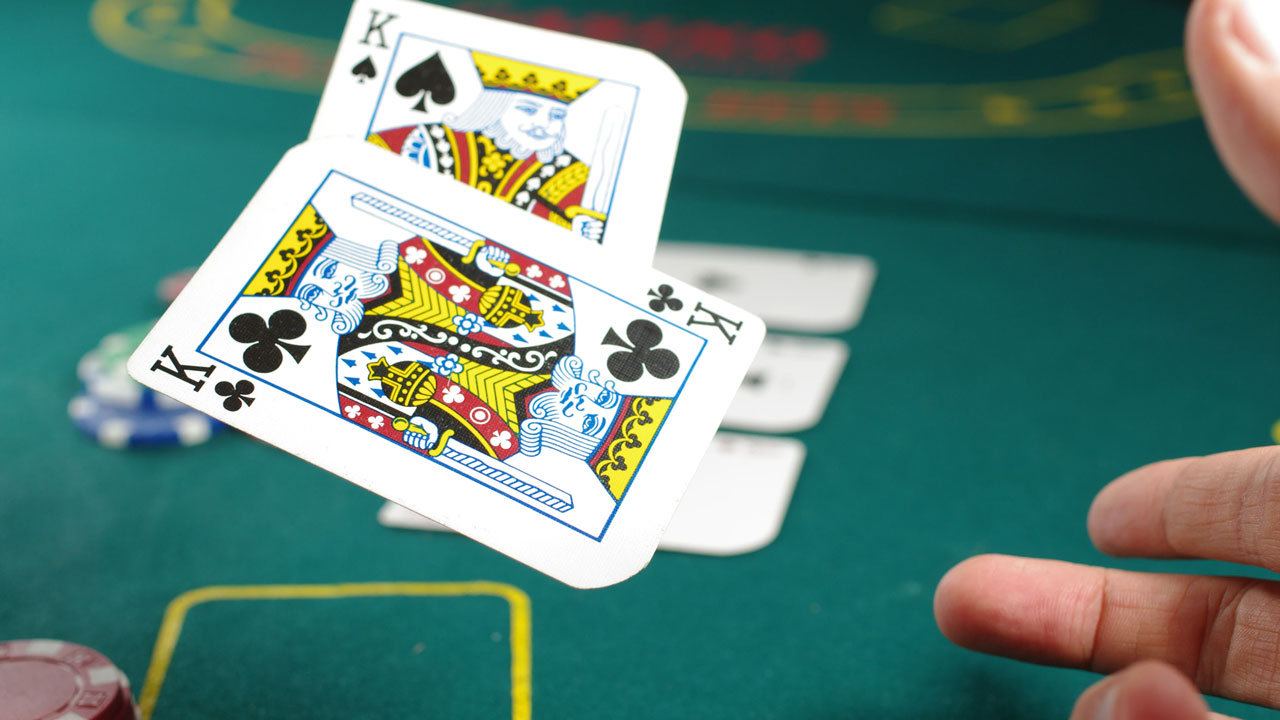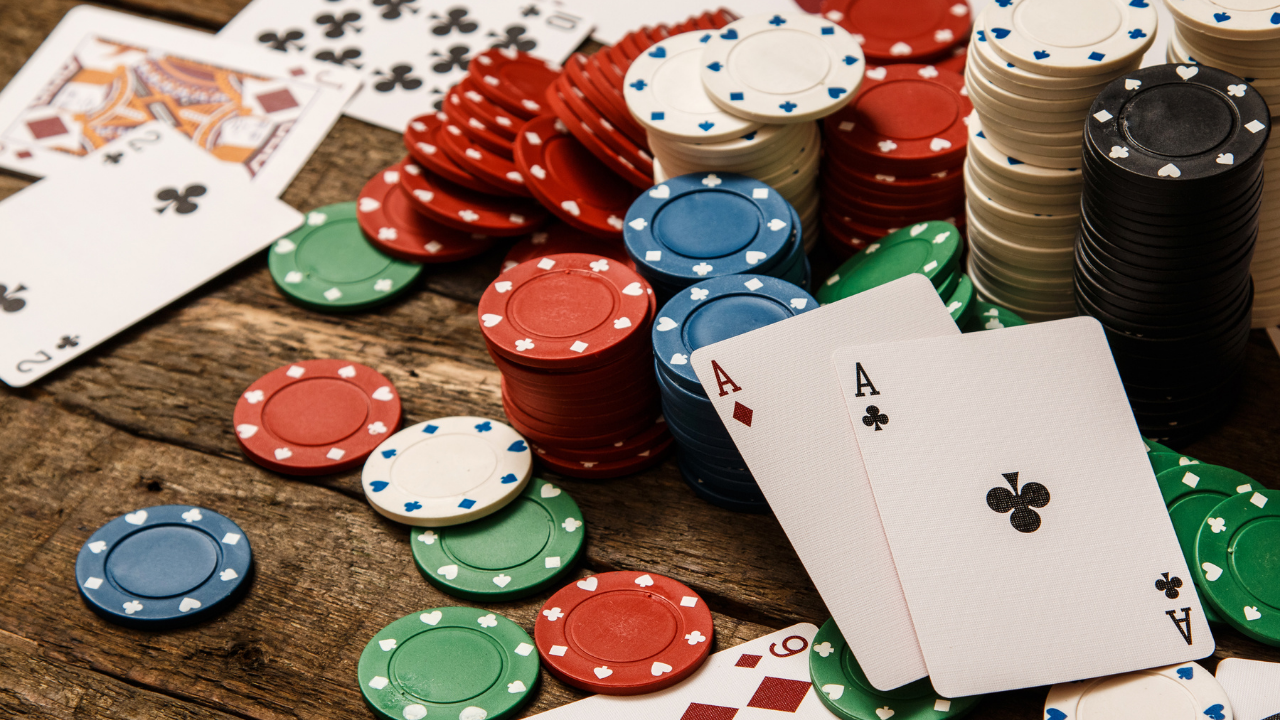Cracking the Code
Alright, let's get down to brass tacks and lay out some poker truths to anchor our thoughts as we dive deep into the game strategies, shall we?

Understanding Poker Theory
First thing's first, for every unique poker table setup, we've gotta figure out the ideal ranges from a game-theory standpoint. This means setting up our defenses against an open-raiser so they can't just waltz in with any two cards and expect to get away with it. Let’s stay on point here and see what Matthew Janda has to say on this mouse click the up coming web site.
What we need to wrap our heads around is what makes a hand theoretically sound for an open-raise. Since the expected value (EV) of folding is zilch, nada, nothing, you wanna be opening with a hand that's got a positive EV.
So, the worst hand for opening is the one that’s got a zero or super tiny negative EV. If you've got a hand like that, whether you open or fold, it doesn't make a lick of difference to you. To calculate the EV of a hand, and decide whether we should be opening with it at a particular table, we need to consider the likelihood of 3-bets from players behind us. Because if you’re facing a 3-bet, that worst hand is probably gonna fold like a cheap suit. Defending it won't make sense since the losses in EV are gonna be right about the same as the open-raise size – we’re expecting to break even at best when we raise.
Now, to keep things simple, we use the full probability formula: p + !p = 1, where p is the probability we're getting 3-bet.
Imagine we've only got two players left behind us. One's got a 3-bet stat of 15%, the other's at 20%. Now, don't get it twisted bbc, when we talk 'sum', we're talking about multiplying these 3-bet probabilities, not just adding 'em up. So, let's work out the probability we won't get 3-bet:
!p = (1 – 3bet1) × (1 – 3bet2) = (1 – 0.15) × (1 – 0.2) = 0.85 × 0.8 = 0.68,
This means our chance of not getting 3-bet isn't just the simple addition of the two 3-bet percentages (15%+20%=35%). Nope, it's actually 32%, as per our math.

On the flop, if we face a cold-call, we can judge whether continuing gives us a positive outcome based on the info we get right there and then. Our hand has already done its job pre-flop, and if the flop is friendly, our EV shoots up, letting us cash in on our equity. Pre-flop, we're really just hoping for fold equity and a chance to snatch those blinds – that’s the only good scenario for us with our weakest hand, given its pre-flop equity gamblinginsider.
If we fold on the flop, we're back to a big ol’ zero in the EV department. But the right boards can give our worst hand an EV better than -3bb (our open-raise size) but no better than +1.5bb (the sum of the blinds). And hey, if we score more than +1.5bb post-flop with our worst hand, that means our cold-calling buddy isn’t playing their cards right. Their equity should always be coming up stronger than ours.
Poker Practice Makes Perfect
Okay, so we take our trashiest hand from EP (Early Position) that we only open with on occasion. We're risking 3bb to win a sweet 1.5bb from the blinds. This means we need a 66% fold equity (3/(3+1.5)=0.66), so the 'sum' of all 3-bets needs to keep under 34% for a positive EV. Playing from EP in a 6-max game, we got five opponents to consider.
For simplicity, let's assign static 3-bet and cold-call numbers, like around 5% for 3-bets and 10% for cold-calls. Yeah, we need to watch the positions of the open-raiser and the rest, and how they adjust to each other, but for kicks, we’ll go with these slightly exaggerated figures. Now let’s crunch those numbers:
(0.22 * -3bb) + (0.40 * 0bb) + (0.38 * 1.5) = -0.6 + 0 + 0.57 = -0.03 bb
This means our crummy opening hand from EP at this table has an overall EV close to zero. Opening with it is touch-and-go for us at this setup Legendary Gambling Victories. But if our opponents get frisky and 3-bet more (like 20% each) and never cold-call, then we adjust by kicking our worst hands out of our opening range since they're just bleeding EV:
(0.67 * -3bb) + (0 * 0bb) + (0.33 * 1.5) = -2 + 0 + 0.5 = -1.5 bb
When we're tweaking our game to the table, we wanna balance nytimes our hands so the worst ones aren't plunging our EV into the red, but aiming for a nice, cozy zero. If we find ourselves at a tighter table, where the 'sum' of 3-bets is not 0.22 but 0.15, and cold-calls against us opening from EP aren't 0.4 but 0.2, then playing this hand suddenly looks a lot more attractive due to a boost in EV:
(0.15 * -3bb) + (0.2 * 0bb) + (0.65 * 1.5) = -0.45 + 0 + 0.975 = 0.525 bb
To sum it up, our openings at the table shouldn't be shots in the dark. They need to be tailored to the table's makeup, our position, and the play style of the folks behind us. And remember, opponents need to have cold-call ranges because they can't just 3-bet every hand they play. If that's their move, we easily adjust and drop those negative EV hands from our opening plays.
Breaking It Down: Playing the Position and Hand Range
You ever sit down at the table and feel like you're in the driver's seat? That's what it's like when there's fewer folks to act after you. Less people means less hassle with those pesky 3-bets and cold calls, and that's my cue to open up the playbook. You see, being in late position is like being given the green light to loosen up your opening hands. It's like having this quiet understanding with the table—when I'm up to bat in this spot, I'm swinging wider topautomatspill.com.
But here's the kicker—when you start playing fast and loose, the others are gonna adjust. They're not gonna let you have all the fun. They'll start defending wider, keeping you honest because they don't wanna just let you breeze through the hand and pick up the pot unchallenged. If they fold too much, they're basically handing you their chips on a silver platter, and who wants that?

And let's talk about flexibility for a sec. Sometimes, you gotta shuffle your deck a bit, you know? Like, if you think your worst hand can still snag some equity on certain textures, or maybe it's the perfect Trojan horse for a sneaky 4-bet bluff against Mr. Predictable on your right. Or maybe, just maybe, your hand's got that undercover mojo that makes it a sly contender because no one sees it coming. All this jazz means that even the hands that might look like a mathematical no-no pre-flop can sometimes be your secret weapon against the right villains Discover the Ultimate Google Maps Gaming Experience.
So next time you're throwing 67s out there from early position, it's not because some chart told you to—it's because you've read the room, you've got your strategy hat on, and you know that playing this hand in this spot against these opponents is like planting a money tree and watering it with poker smarts.